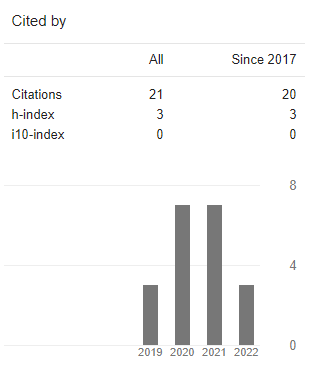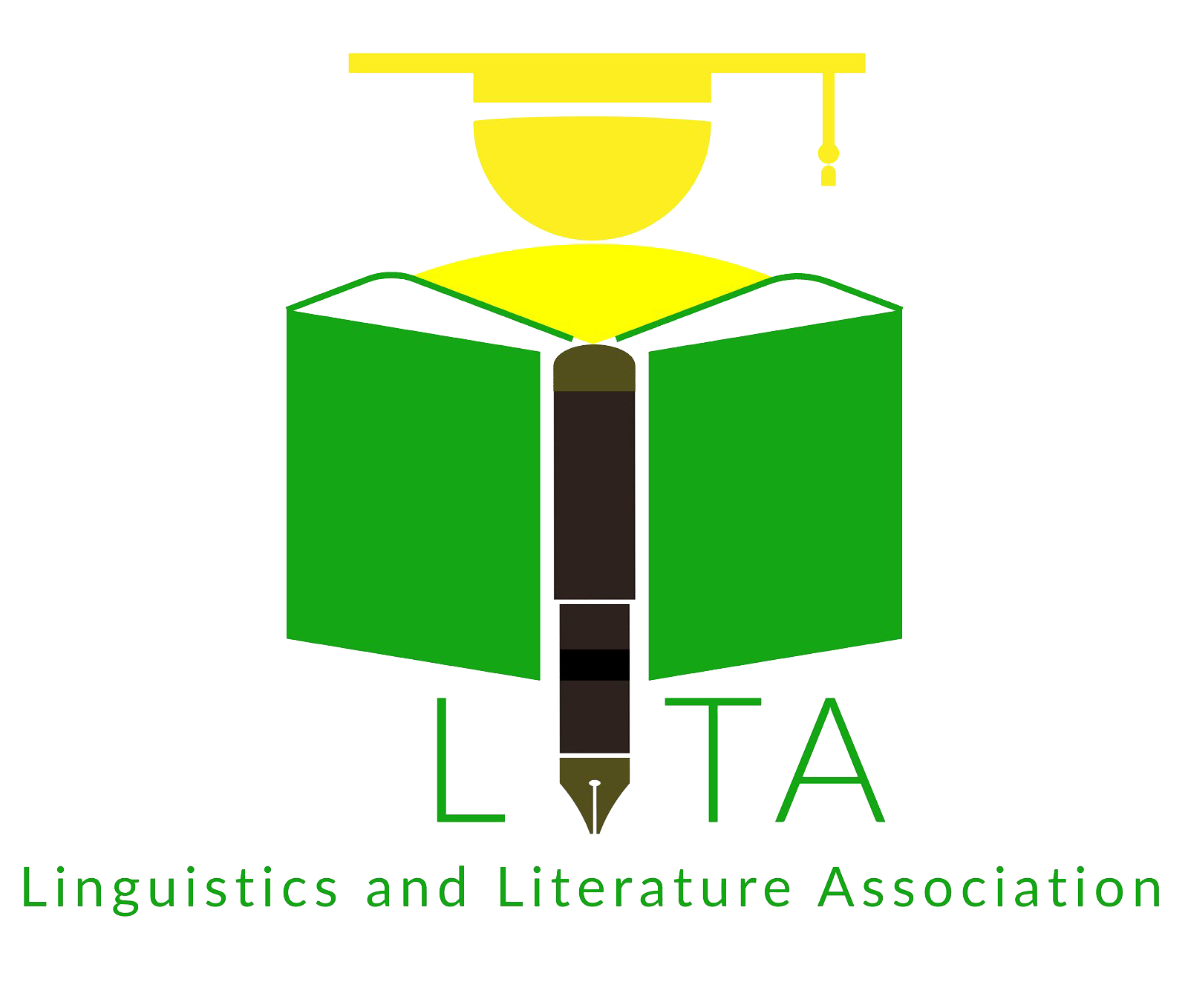Argumentation in Political Interview: Critical Discourse Analysis of Abdurrahman Wahid’s Controversial Regime
DOI:
https://doi.org/10.21776/ub.alphabet.2018.01.02.03Keywords:
Microstructures, political interview, Abdurrahman Wahid’s presidency, Critical Discourse Analysis.Abstract
Abdurrahman Wahid (Gus Dur) was dismissed as a president in 2001 due to his controversial acts. Australia Corporation (2001) conducted political interview to talk about his dismissal and the parliament, which against him. This article observes microstructure analysis in Abdurrahman Wahid interview. It presents a new way to analyse the Microstructures by providing the reader with illocutionary act analysis as well to support the ‘Action’ of the discourse (Wahid’s utterances). Humanism thought, which underlies his positive actions towards his dismissal, is used. Six values of Wahid are divinity, humanity, justice, equality, liberty, and local wisdom. Then, his leadership is worth appreciating as a charismatic leadership due to his positive (humanism) actions. Findings show that Wahid uses the positive acts toward his dismissal and people who against him. This article suggests for the future researchers to discuss more detail about the whole theory of Teun Van Dijk (Macrostructures, Microstructures and Superstructures).References
Azis, A. (2013). A Study of Word and Sentential Structure on Barrack Obama’s Speech in Osawatomie (Unpublished Thesis). UIN Maulana Malik Ibrahim, Malang.
Bryman, Alan (2008), Social Research Methods. Oxford and New York: Oxford University Press
Discourse Analysis: Macrostructure, Superstructure and Microstructure in Critical Discourse Analysis taken from http://linguasphereus.blogspot.com/2011/08/discourse-analysis-macrostructure.html
Eriyanto. (2001). Analisis Wacana: Pengantar Analisis Teks Media. Yogyakarta: LKis.
Fairclough, N./ Wodak, R. (1997): ‘Critical Discourse Analysis‘. In: Introduction to Dis-course Analysis., van Dijk, T.A. (ed.), London, 258-284.
Gee, J.P.(1999). An Introduction to Discourse Analysis: Theory and Method. London
Gus Dur’s Interview Script taken from http://www.Journeyman.tv/?lid=9411&tmpl=transcript (P)
Leech, G. (1983). The Principal of Pragmatics. USA: Longman Group Limited
Mubarok, H. (2011). A Critical Discourse Analysis on Phrasal and Sentential Structures in Julia Eileen Gillard’s Political Speeches (Unpublished Thesis). UIN Maulana Malik Ibrahim, Malang.
Silverman, David (2000), Doing Qualitative Research – A Practical Handbook. London, Thousand Oaks, New Delhi: Sage Publications
Van Dijk, T.A.(1980). Macrostructures: An Interdisciplinary Study of Global Structure in Discourse, Interaction, and Cognition. New Jersey
Van Dijk, T. A. (1993). Elite discourse and Racism. Newbury Park, CA: Sage.
Van Dijk, Teun A. (1993). Principle of Critical Discourse Analysis. Discourse and Society. Volume 4.
Van Dijk, Teun A. (1998). Ideology: A Multidisciplinary Study. London: Sage
Van Dijk, T. A. (2003). The discourse-knowledge interface. In: Weiss, G. and R. 4444Wodak (eds.), Multidisciplinary CDA. London.
Wardaugh, R. (2006). An Introduction to Sociolinguistics, Fourth Edition. UK: Blackwell Publishing.
Yule, G. (1996). Pragmatics. Oxford: Oxford University Press.
Yule, G. (2006). The Study of Language, Third Edition. UK: Cambridge University Press.




















